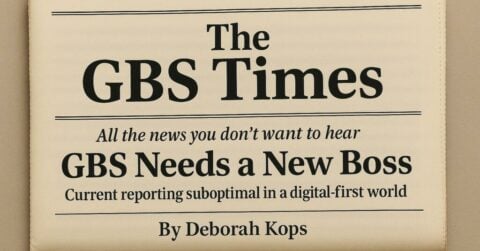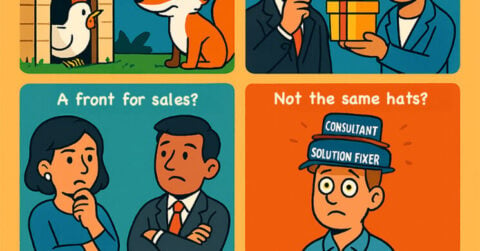
To prevent the pitfall of aggressively pursuing discounts on cloud platforms without other considerations, enterprises should implement a holistic procurement and negotiation strategy that takes into account four key factors. In this blog, we share our analysis of a Salesforce contract for a major customer. Continue reading to uncover tactics for negotiating enterprise software agreements.
The webinar, Adapting to Change: Boost Value in Outsourcing and Software Contracts When Uncertainty Persists, also explores how enterprises can drive more savings from their outsourcing contracts.
In the intricate landscape of negotiating enterprise software agreements, securing the best possible discounts often requires a delicate balancing act. We recently witnessed the interplay of aggressive discounting and product portfolio when helping a multi-billion-dollar brand optimize its contract with Salesforce. The process of obtaining discounts on different Salesforce Cloud platforms (Core Cloud, Marketing Cloud, and Commerce Cloud) proved to be both intriguing and complex. It led us to consider: Does achieving best-in-class discounts on one cloud come at the expense of suboptimal discounts on others?
Assessing the large Salesforce customer’s existing contract with Salesforce presented a fascinating dichotomy. Price benchmarking of their contract for two Salesforce cloud platforms revealed their current prices were very competitive, and the discounts on most of the products were in the highest tier Salesforce offers. It seemed like a sweet victory for the client, securing substantial savings that underscore the power of negotiation and the value Salesforce attributes to retaining a significant customer.
However, as we progressed with our analysis, the third Salesforce cloud platform revealed a huge gap in their existing prices and the prices offered to organizations of a similar size and total spend with Salesforce. Through our rigorous normalization and benchmarking process, we identified a savings potential of up to 35% on their current annual spend on the platform.
Our analysis presented a very interesting and intriguing scenario. The best-in-class discounts Salesforce offered to the client for two cloud platforms indicated that their spend with Salesforce was optimized. But closer inspection indicated they might not be getting the best deal from Salesforce after all.
Is this a tactic used by large SaaS companies to ensure that the overall revenue from an account remains intact? While this is an important question that enterprises must strive to answer, the scenario also prompts a critical reflection on the intricate dance of negotiation within enterprise software agreements. Does the pursuit of extraordinary discounts in one arena inadvertently lead to less favorable terms in others? The answer, it seems, lies in the complex interplay of perceived value, strategic importance, and Salesforce’s bottom line.
Salesforce, like many enterprise software providers, employs a nuanced strategy where discounts are tailored based on the perceived value of each cloud service. In this approach, a particular cloud platform becomes the focal point for driving loyalty and retaining major clients, justifying the high discount percentages. Meanwhile, other cloud platforms, though integral, might be subject to a different calculus.
Adopting a holistic approach
To avoid the pitfalls of a purely discount-centric approach, organizations should adopt a holistic procurement and negotiation strategy that considers the following factors:
- Overall spend: Evaluate the total spend across all Salesforce cloud platforms and benchmark it against similar deal sizes to identify areas for potential optimization. A larger deal size might result in better negotiation power for the enterprise customer
- Business needs and priorities: Prioritize cloud services and usage patterns that align with the organization’s strategic goals and operational requirements
- Negotiation expertise: Leverage benchmarks provided by a specialist firm to elevate negotiation strategy and secure favorable terms across all Salesforce order forms and contracts
- Strategic timing: Acknowledge that certain months, especially year- or quarter-end, may present higher chances of securing extra discounts as sales teams aim to meet targets. Additionally, negotiating yearly or upfront payments can potentially result in additional discounts
The above case on enterprise software negotiations often echoes a cautionary sentiment – the importance of a holistic approach. Striking a balance between the immediate gains in one segment and the long-term relationship across the entire suite of services is paramount. It prompts organizations to assess not just the magnitude of discounts but the overall value proposition, ensuring each SaaS cloud or module’s role and strategic importance are properly valued.
Achieving best-in-class discounts in one domain may indeed come with trade-offs in others, emphasizing the need for a comprehensive understanding of the software landscape and strategic collaboration between enterprises and their software providers. The dance of discounts is delicate, requiring astute negotiation skills and a keen awareness of the broader software ecosystem.
To discuss software contract negotiation and for a detailed analysis of your software contracts, please reach out to [email protected]. Explore more about Everest Group’s contract benchmarking offerings.








